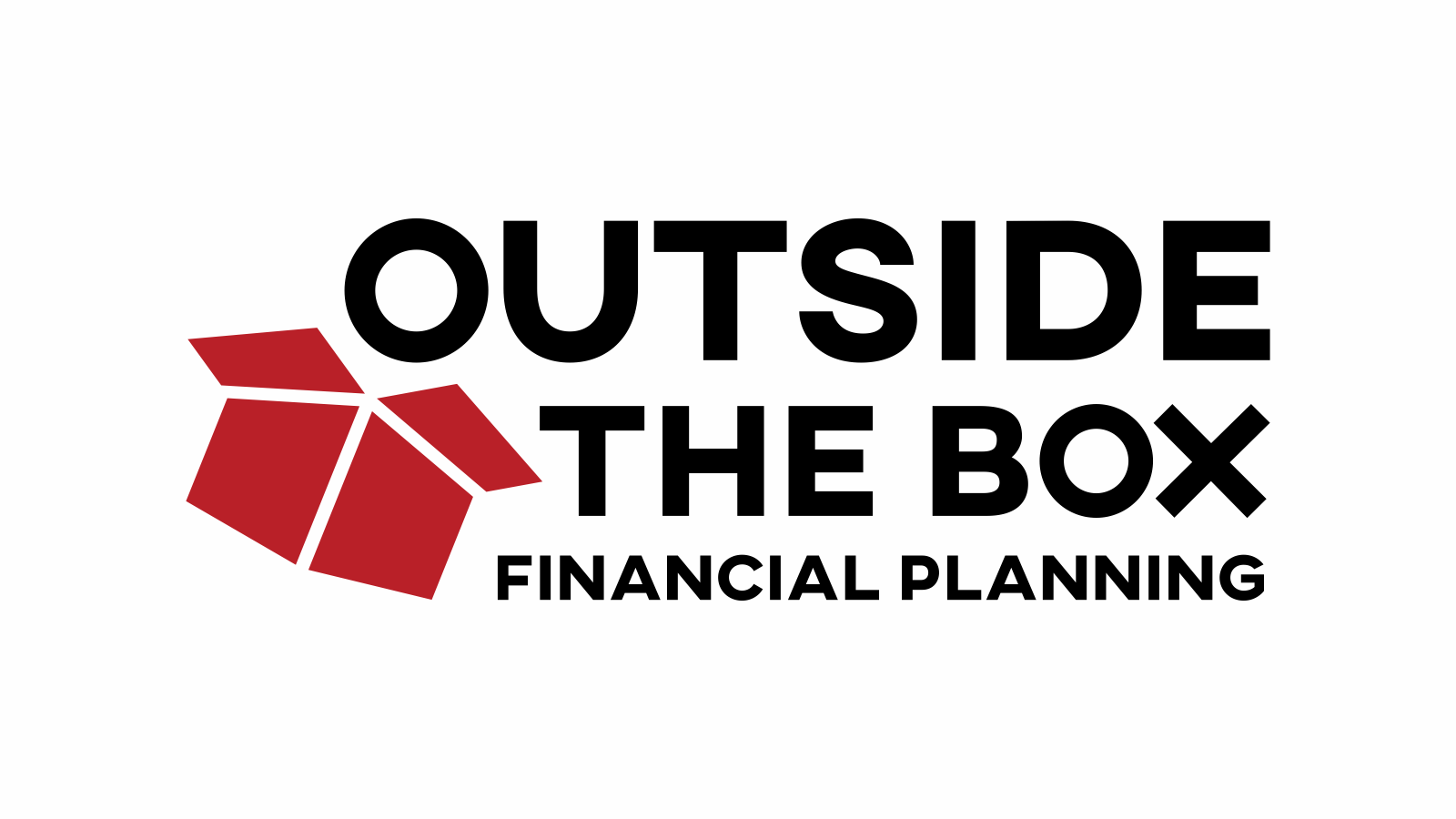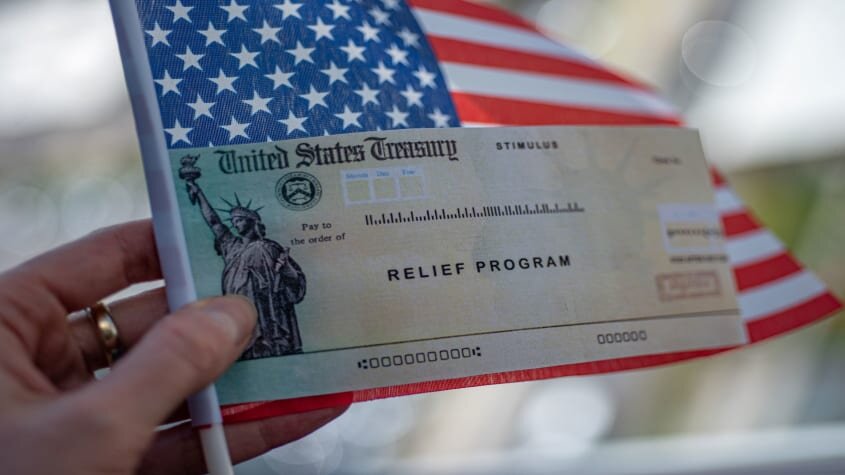2020 Global Market Commentary
2020: A Tale of Two Markets
2020 can be summarized by the famous Charles Dickens line from A Tale of Two Cities:
“It was the best of times, it was the worst of times, it was the age of wisdom, it was the age of foolishness, it was the epoch of belief, it was the epoch of incredulity, it was the season of light, it was the season of darkness, it was the spring of hope, it was the winter of despair.”
Stock markets in the U.S. and around the globe turned in a very good year, despite two formidable headwinds that swirled around the economy and markets all year. COVID-19 and the elections of 2020 seemed to either slam markets with hurricane-like force or provide a steady wind in the market’s sails pushing markets to new record highs. There really were not many calm days.
In a nutshell, 2020 saw markets crest new highs at the beginning of the year, followed by a couple of corrections, the end of the longest bull market in history, a legitimate recession, a V-shaped recovery, and newer market highs. And along the way, we saw unemployment hit 50-year lows and then hit depression-era levels, multiple government stimulus programs, the best and worst quarterly GDP numbers of all time, a very active and aggressive Federal Reserve, social unrest throughout the country, negative oil prices, a frothy housing market and a major shift in Washington power. It was the best of times and the worst of times – in a single year.
But first, let’s do the numbers:
The DJIA rose 7.3% in 2020;
The S&P 500 rose 16.3% in 2020;
The Russell 2000 Index rose 19.9% in 2020; and
NASDAQ rose 43.6% in 2020.
Sector Returns in 2020
The overall trend for sector performance for each of the four quarters in 2020 and each of the 12 months was good, but the performance leaders and laggards did rotate all year. For example:
Q1 ended with every one of the 11 S&P 500 sectors turning in negative numbers;
Q2 ended with every one of the 11 sectors turning in positive numbers;
Q3 ended with 10 of the 11 positive; and
Q4 ended with all 11 sectors positive.
Here are the sector returns through the end of December 31, 2020:
Reviewing the sector returns for 2020, we saw that:
7 of the 11 sectors were painted green for the year;
The Financials sector had a wonderful final quarter, helped by the Federal Reserve’s stance of keeping rates low through 2023, although it was not enough to push the sector into positive territory for the year;
While the Energy sector also turned in a terrific fourth quarter, it was nowhere near enough to override its annual loss of more than 37%; and
On an annual basis, the difference between the best and worst-performing sectors is dramatic, as the Information Technology sector is up over 42% YTD and Energy is down a whopping 37%+.
Markets Around the World Performed Well
Strong performance in 2020 was not confined to the U.S., however, as most global markets also turned in a positive year. In fact, of the 35 of the developed markets tracked by MSCI, every single one was positive for 2020.
But that was not the case for developing markets, however, as 24 of the 40 developing markets tracked by MSCI turned in negative numbers for 2020 and the range between the best- and worst-performer was significant. To underscore the range, consider that the MSCI EM Europe Index lost 15.94% and MSCI Asia APEX 50 Index gained 31.32%. The following shows the range of 2020 returns from markets around the world:
Asset Class & Style Performance
2020 was positive for many investors, but asset class and style played a huge role in determining total performance returns for investors.
For the year, Growth (+34.2%) outpaced Value (-0.4%) significantly and the smaller-cap names trailed their larger-cap counterparts for most of the year, although the differences between the two were mostly erased towards year-end.
Similarly, the larger emerging markets performed well, as evidenced by MSCI EM (+18.7) whereas the smaller emerging markets more often than not turned in negative numbers for the year. And Commodities and Global REITs struggled most of the year as well, eventually ending in the red.
The Federal Reserve Was in Overdrive
In dramatic and emergency actions to support the U.S. economy during the coronavirus pandemic, the Federal Reserve announced it would cut its target interest rate to near zero. And it announced its second rate cut on a Sunday no less.
The unexpected and faster-than-expected rate cut was on the heels of the Fed’s emergency 50 basis points rate cut just 12 days before – and that cut was the first time since October 2008 that our central bank decided to go ahead with a cut in between scheduled policy meetings.
Further, the Fed pledged its support to an aggressive quantitative easing program, suggesting that there was no limit on its purchases of Treasuries and agency mortgage-backed securities as well as purchasing investment-grade corporate bonds. The Fed also announced it would help maintain the flow of credit to municipalities around the country and establish a lending program for small businesses.
On top of all of that, the Fed also brokered a deal with other global central banks to lower their rates on currency swaps to bring normalcy to markets. The other central banks include the Bank of Canada, the Bank of England, the Bank of Japan, the European Central Bank, and the Swiss National Bank. And it appears that the Fed’s “zero-interest-rate-policy” will be in place through 2022 and maybe even through 2023.
Worst GDP Decline in History in 2Q
On September 30th, the Commerce Department reported that its “Third Estimate” of 2Q2020 GDP improved marginally to a decline of 31.4%. But saying it improved marginally seems disingenuous on its face because this 30%+ decline is on the heels of the 5% decline in the first quarter. And whether the number is 31.4% or 32.9% (from the second estimate), it’s still the worst quarterly decline in history – by a long shot.
Best GDP Growth in History in 3Q
Then three days before Christmas, the U.S. Department of Commerce released the “third” estimate of real gross domestic product for the third quarter and the “third” estimate was revised upwards from 33.1% to 33.4%. This is of course on the heels of the 31.4% decrease in the second quarter.
According to the Bureau of Economic Analysis (within the Department of Commerce):
“The increase in real GDP reflected increases in PCE, private inventory investment, exports, nonresidential fixed investment, and residential fixed investment that were partly offset by decreases in federal government spending (reflecting fewer fees paid to administer the Paycheck Protection Program loans) and state and local government spending. Imports, which are a subtraction in the calculation of GDP, increased.
Wall Street Climbed a Wall of Worry
While the first quarter of 2020 was pockmarked with unprecedented and immediate stoppage of economic activity as businesses shut down and people stayed at home, every month of the second quarter of 2020 saw businesses slowly start to reopen, albeit not as fast as they shut down. The third-quarter was an extension of the third quarter, although results of the shutdowns started to show more prominently in corporate earnings reports. And the fourth quarter saw much of the same, but more negative news started to creep into various economic data sets, including housing.
While many are happy to see 2020 in the rear-view mirror, the performance for 2020 for the major U.S. indices and most of the developed, international markets was nothing short of impressive, especially given the headwinds of COVID-19 and the drama surrounding the 2020 elections. And as we enter a New Year, those headwinds have not evaporated completely, but they are beginning to diminish.
Let’s hope that 2021 is “the best of times, the age of wisdom, the epoch of belief, the season of light, and the spring of hope.”
Sources: msci.com; fidelity.com;nasdaq.com; wsj.com; morningstar.com










